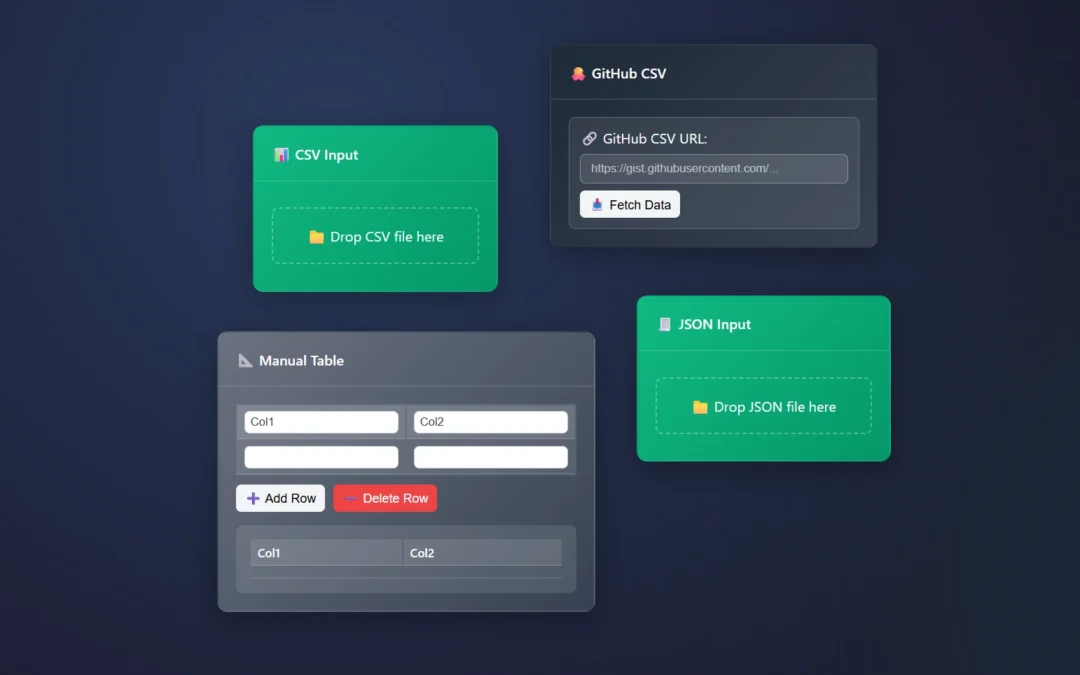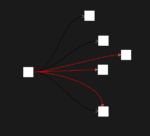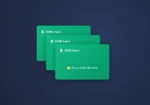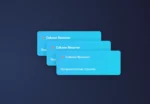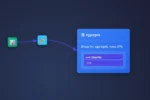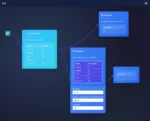CSV, JSON, and Public CSV endpoints or manual tables.
These help you kick start your data pipeline.
Once your data comes into the data input, it begins to flow downstream using a custom DAG streaming engine.
Input Node Overview
The Input nodes are essential for moving the needle in ET1, without data, we are using our feelings!
- The CSV Input node is great for getting your Comma delimited files into ET1.
- The JSON Input node is great for getting JSON in the app, your engineering team will be happy.
- The Github CSV is where you can get CSVs off the public internet. That’s fun. Enrich your data pipelines.
- Manual table is great, synthesize a few rows, build a small table, save variables, make life easier.
The future of data inputs for ET1
We are eager to add more connections but today we are looking to keep it simple by offering CSV, JSON, Github CSV, and manual tables.
Next? Excel input perhaps.
ETL Input Nodes – Simple as Pie
📊 CSV Input Node
- What it does: Loads data from CSV files or text
- Why it’s cool:
- Drag & drop any CSV file
- Handles messy data with smart parsing
- Preview before committing
- No more: Fighting with Excel imports or command-line tools
🧾 JSON Input Node
- What it does: Imports JSON data from files or direct input
- Why it’s cool:
- Works with nested JSON structures
- Automatically flattens complex objects
- Great for API responses and config files
- No more: Writing custom parsers for every JSON format
📝 Manual Table
- What it does: Create data tables by hand
- Why it’s cool:
- Add/remove rows and columns on the fly
- Perfect for quick mockups or small datasets
- Edit cells like a spreadsheet
- No more: Creating throwaway CSV files for tiny datasets
🐙 GitHub CSV Node
- What it does: Pull CSV files directly from GitHub
- However GitHub isn’t required, any online csv endpoint “should work”
- Why it’s cool:
- Point to any public GitHub CSV file
- Auto-refreshes on URL change
- A fetch button to ‘get’ it again
- Great for GitHub collaboration
- No more: Downloading data, this gets it for you.
The Best Part?
No coding required.
No complex setup.
Just point, click, and start transforming your data like some data engineer, the pro.
What used to take hours (and a computer science degree) now takes seconds, and not scary…
Return to ET1 Overview to learn more.

